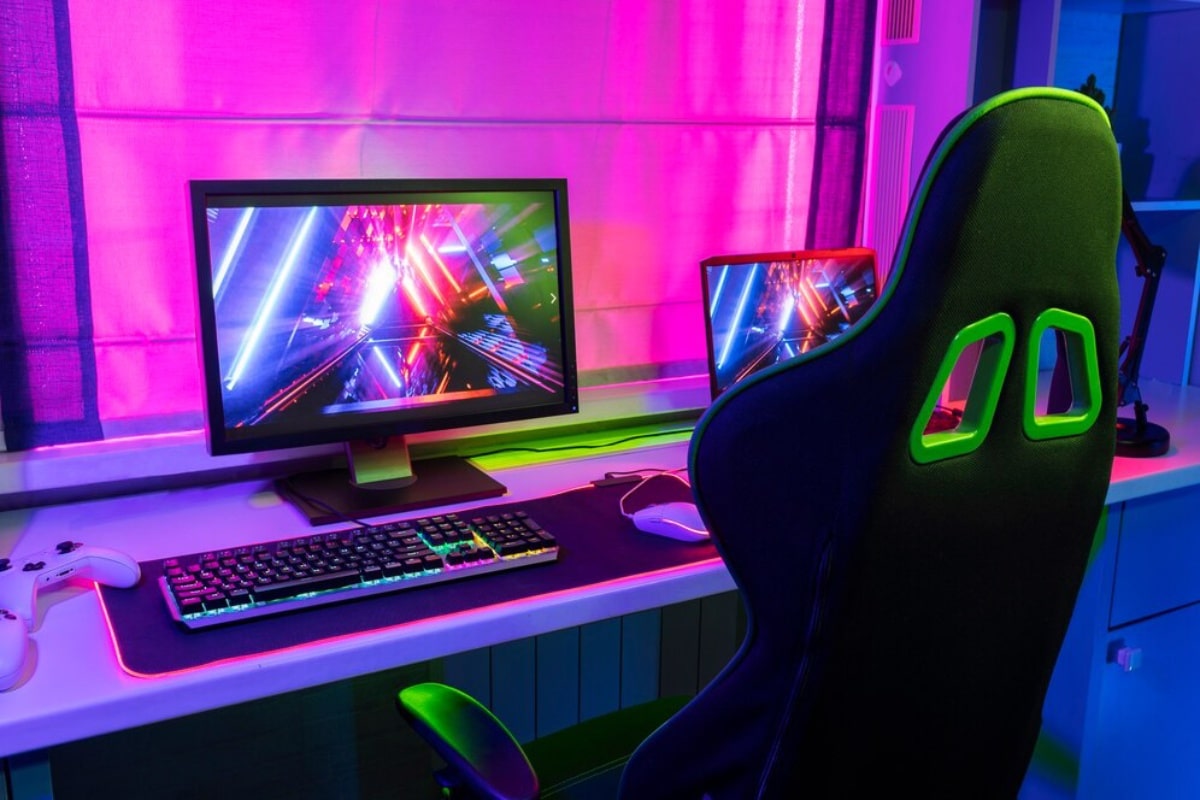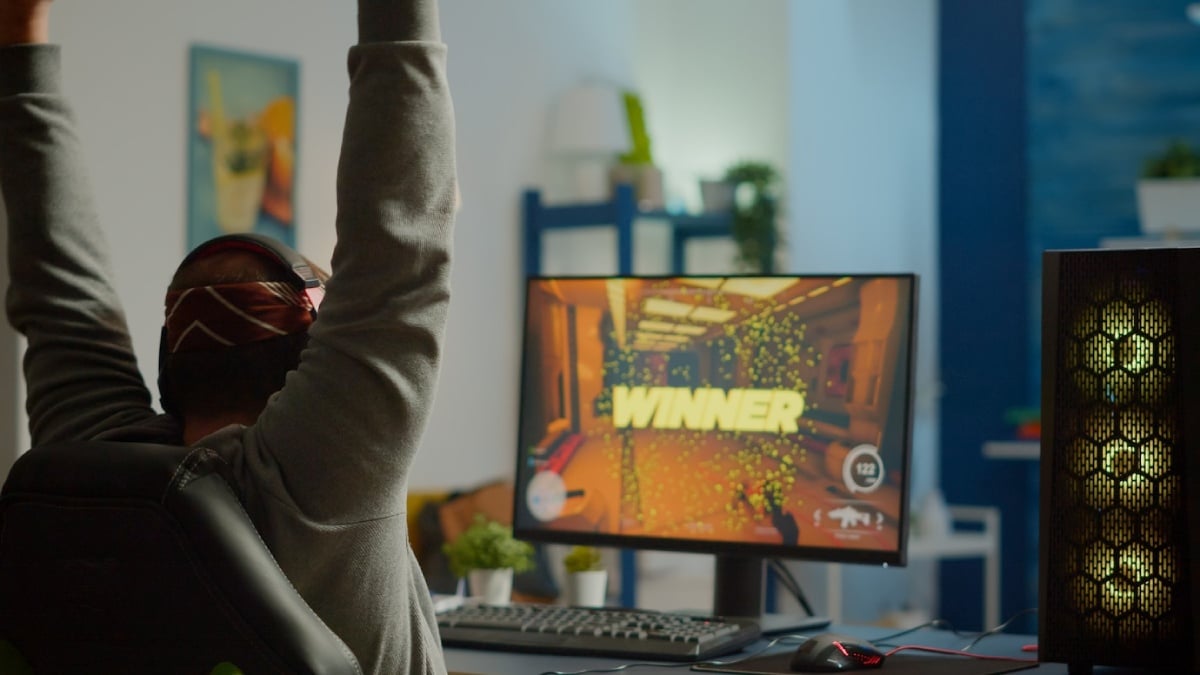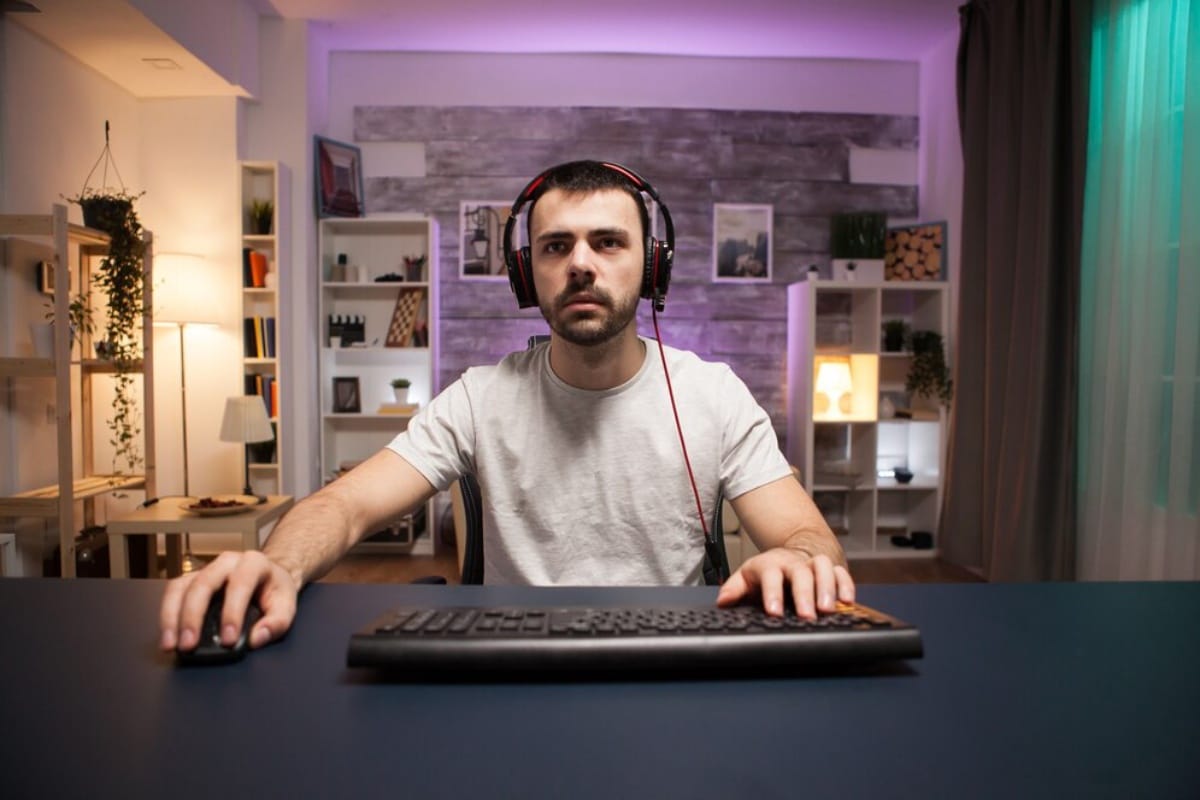
Essential Cooling Pads for Laptops: Your Ultimate Guide to Heat Management
Let’s be honest — laptops aren’t exactly known for staying cool under pressure. If you’ve ever felt the underside of your gaming laptop after a long session of Cyberpunk 2077 or even endured thermal throttling during video rendering, you know the struggle. It gets hot. Sometimes dangerously so.
That’s where a gaming laptop cooling pad becomes a game-changer. Not only does it help regulate temperatures, but it also improves performance, extends your laptop’s lifespan, and, let’s face it, saves your thighs from getting scorched.
In this comprehensive guide, we’ll walk through the why, how, and which of cooling pads — helping you choose the best cooling stand for your laptop setup, whether you’re a gamer, student, creative professional, or a bit of everything.
Why Laptop Cooling Pads Matter
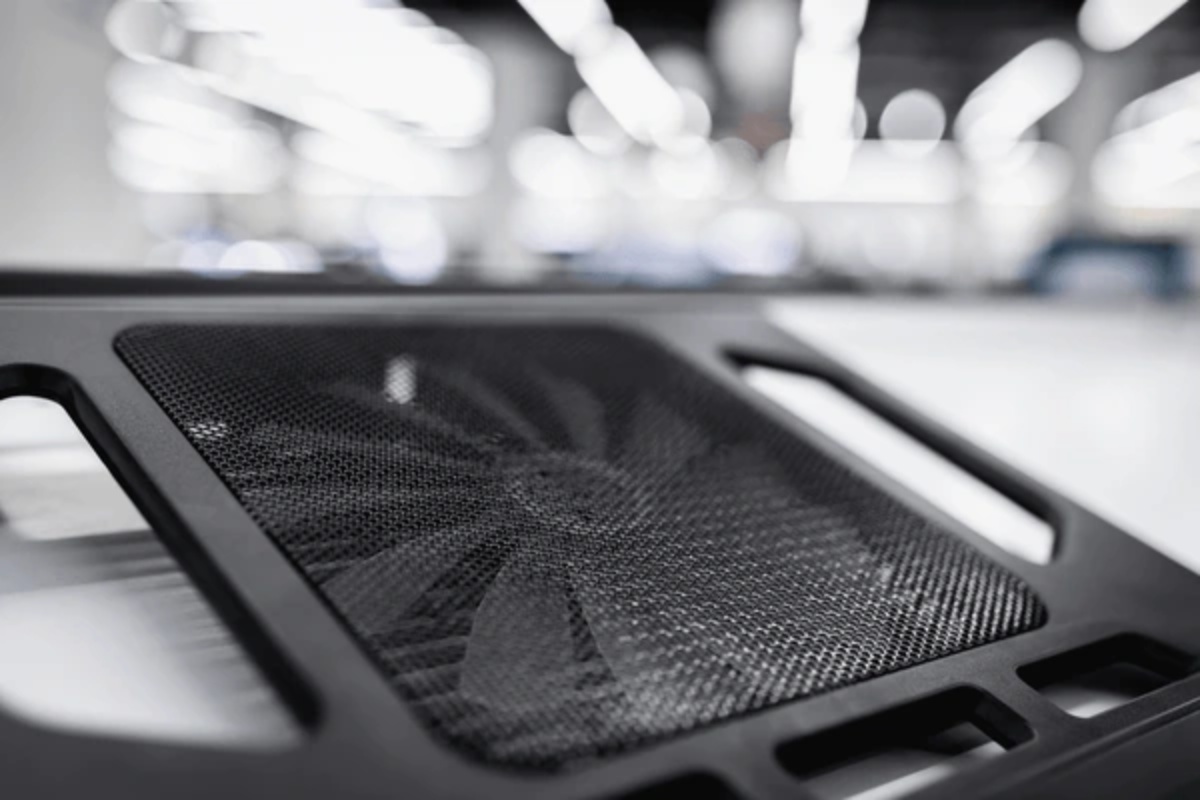
A Closer Look at Laptop Heat Management
Modern laptops are powerful — many now rival desktops in raw performance. But that power comes at a cost: heat. Internal fans often work overtime, and airflow becomes a major issue in thinner builds.
Without proper heat dissipation, you risk:
- Thermal throttling (where the CPU or GPU slows down to avoid damage)
- System instability, crashes, or unexpected shutdowns
- Component degradation over time
- Uncomfortable use, especially on your lap or soft surfaces
A cooling pad tackles these problems head-on, enhancing airflow and running your system smoothly.
Real-World Scenario
Nathan, a university student and part-time streamer, had this to say:
“During long editing sessions, my laptop would slow down and crawl. Adding a cooling pad with dual fans cut my CPU temps by 10 degrees — now it barely breaks a sweat.”
How Do Cooling Pads Work?
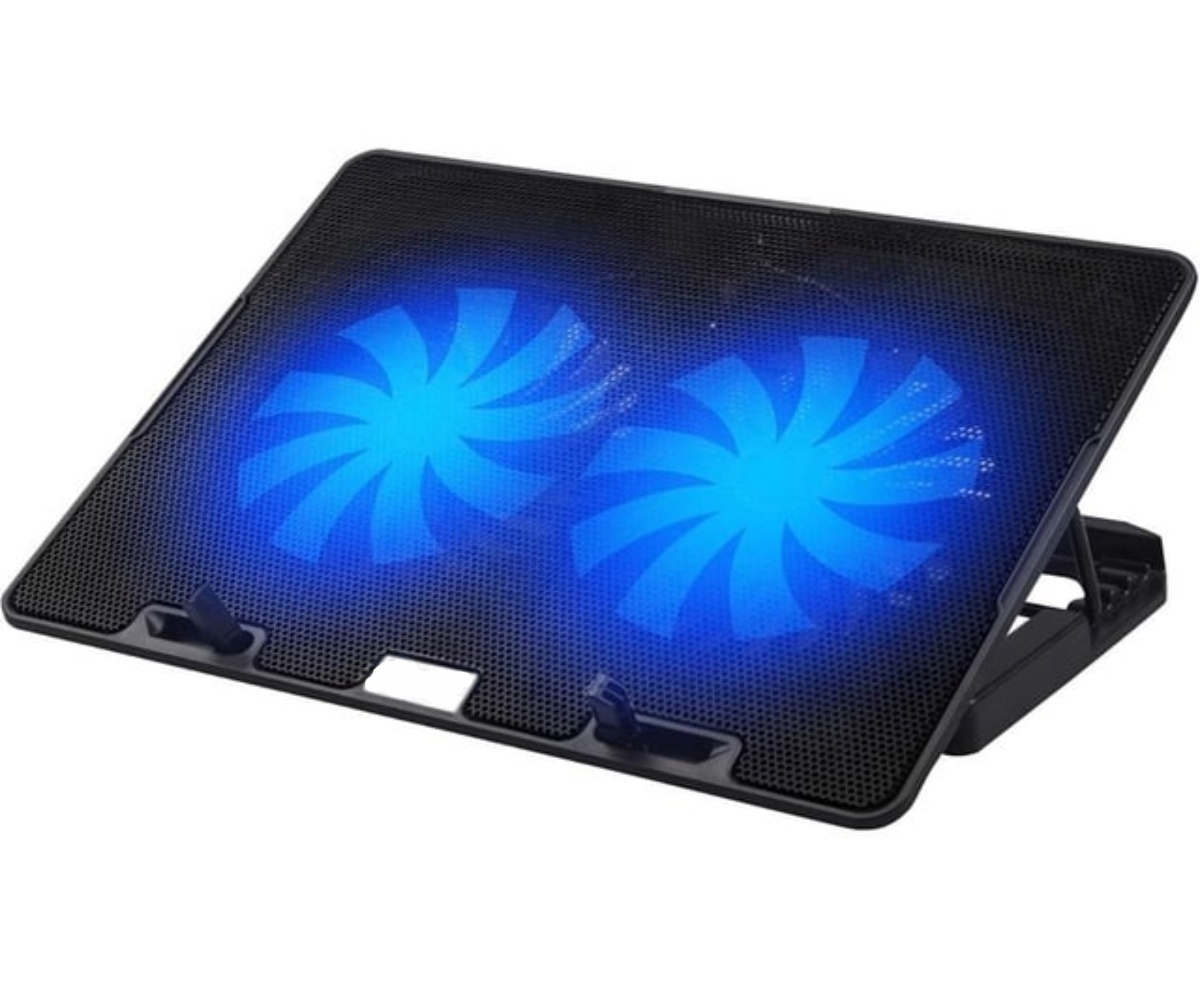
A laptop cooling pad is an external fan system designed to improve ventilation. It sits underneath your laptop and pushes air into or around the chassis to support the internal fans.
Some use:
- Single high-speed fans for targeted cooling
- Multiple low-noise fans for wide coverage
- Passive cooling designs with mesh surfaces for airflow without power consumption
Cooling pads often double up as ergonomic stands, raising your screen for better posture during long sessions.
What to Look for in a Gaming Laptop Cooling Pad
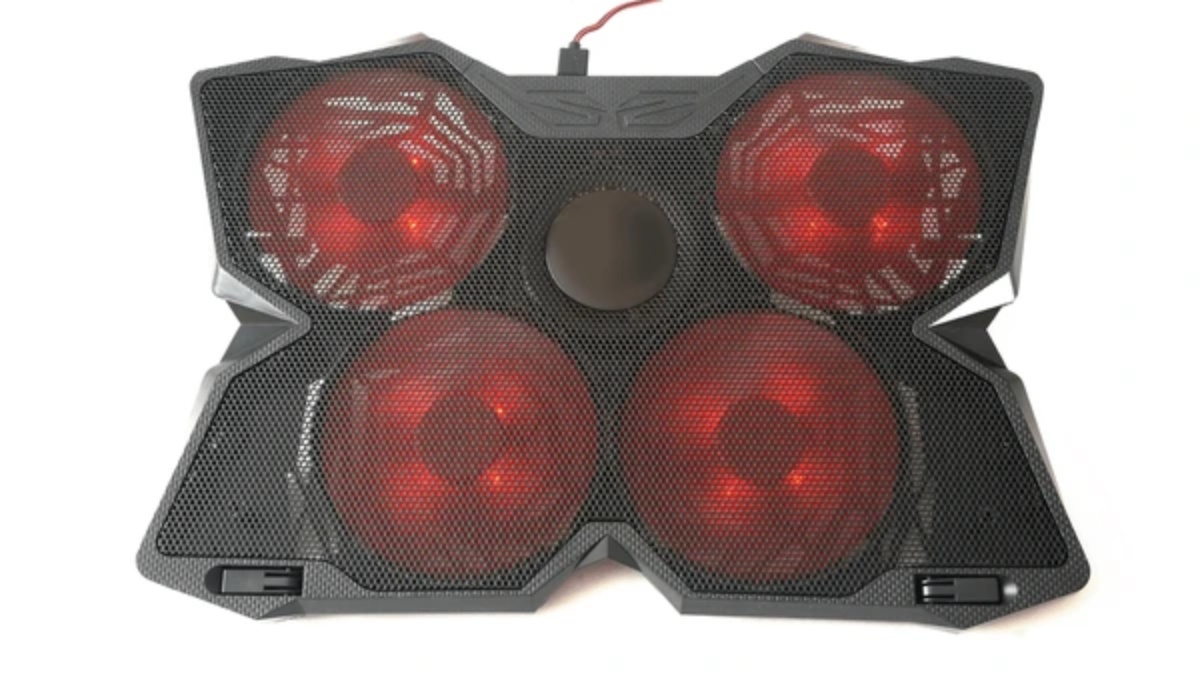
Not all pads are created equal. Here’s what matters when choosing the right one for you.
1. Fan Configuration and Speed
- More fans don’t always mean better cooling, but clever placement helps.
- Look for adjustable fan speeds to balance noise and performance.
- RPM (revolutions per minute) matters: Higher RPM = stronger airflow.
2. Build Quality and Material
- Metal mesh surfaces are more durable and conduct heat better.
- Plastic builds are lighter but may not cool as efficiently.
3. Size and Compatibility
Ensure the pad supports your laptop’s dimensions. Common sizes include:
- 14–15.6 inches (standard)
- 17+ inches (ideal for gaming rigs)
4. Ergonomic Design
- Adjustable height levels improve screen position and wrist posture.
- Some stands include non-slip pads or wrist rests.
5. Portability and Power
- USB-powered pads are ideal — just plug and play.
- Some offer USB pass-through so you don’t lose a port.
- Low-profile designs are great for carrying to work, uni, or cafes.
Best Cooling Pads for Gaming and General Use (2025 Recommendations)
Look at the top-rated and most trusted cooling stands on the market — from affordable basics to feature-packed beasts.
1. KLIM Ultimate RGB Cooling Pad
Size Compatibility: Up to 17 inches
Fans: 1 large 200mm fan
Noise Level: Low
Extras: Customisable RGB lighting, metal grille surface
Why It’s Great: Perfect for gamers who want aesthetics and performance. It’s whisper-quiet yet powerful, and the RGB lighting adds flair to any setup.
Real User Feedback: Emma, a competitive Valorant player, noted:
“It looks amazing, keeps my laptop cool during streams, and fits right in with my RGB keyboard and mouse.”
Drawback: A bit bulky for travel.
2. Cooler Master NotePal X-Slim
Size Compatibility: Up to 15.6 inches
Fans: 1 fan (160mm)
Material: Mesh surface with plastic base
Why It’s Great: A budget-friendly choice with solid build quality. Ideal for students, remote workers, or casual gamers on a budget.
Pros:
- Lightweight and portable
- Good airflow for small laptops
- Affordable
Cons: Not ideal for high-end gaming rigs.
3. Thermaltake Massive 20 RGB
Size Compatibility: Up to 19 inches
Fans: 1 ultra-large 200mm fan
Lighting: Full RGB ring
Why It’s Great: This one delivers consistent cooling and strong fan output for those with oversized gaming laptops. The RGB adds personality without being overbearing.
Tip: Set the fan to max during gaming and lower it when browsing to save energy and reduce noise.
4. Targus Chill Mat+ with Hub
Size Compatibility: Up to 17 inches
Fans: 2
Extras: Built-in 4-port USB hub, soft neoprene bottom
Why It’s Great: Ideal for office use or hybrid workers. Quiet fans and USB expansion make it a multitasker’s dream.
Use Case: It is perfect for presentations, meetings, and working from cafes, without overheating or needing to unplug accessories.
5. HAVIT HV-F2056 Cooling Pad
Size Compatibility: 15.6–17 inches
Fans: 3 ultra-quiet fans
Portability: Slim and lightweight
Why It’s Great: A fan favourite for versatility, it’s quiet, effective, and easily fits in a laptop backpack. Great for students or anyone constantly on the move.
What Users Love:
- Plug-and-play simplicity
- Blue LED indicators
- Surprisingly powerful for its size
Passive vs Active Cooling Pads: Which Should You Choose?
Active cooling pads use fans to move air, better for gaming or intensive tasks.
Passive cooling pads use design (e.g., aluminium builds or airflow channels) to reduce heat. Best for:
- Light laptops
- Silent environments (libraries, offices)
- Casual browsing or document work
If you’re pushing your GPU or CPU hard, stick with an active solution.
Simple Tips to Boost Your Laptop’s Cooling
Even with a cooling pad, here are some quick wins to reduce overheating:
- Clean your vents regularly (dust = poor airflow)
- Use your laptop on hard surfaces — never cushions or beds
- Undervolt your CPU (advanced users only) to reduce heat
- Keep software updated — firmware tweaks can improve thermal management
Do Cooling Pads Improve Gaming Performance?
In short, yes — but with caveats.
Cooling pads won’t magically overclock your system or double your FPS. However, they:
- Prevent thermal throttling, which maintains stable performance
- Extend gaming session duration without slowdowns
- Keep surface temperatures manageable, especially for your hands
For high-performance tasks like 4K gaming, streaming, or editing, a cooling pad can differentiate between buttery smooth play and frustrating lag spikes.
Conclusion: Stay Cool, Game On
A gaming laptop cooling pad might not be the flashiest gear , but it’s undoubtedly one of the most practical. It helps you protect your investment, play longer, and avoid sudden slowdowns due to overheating.
Whether you need a slim pad for study sessions or a high-powered stand for competitive gameplay, the best cooling stand will enhance comfort, boost performance, and even look great on your desk.
